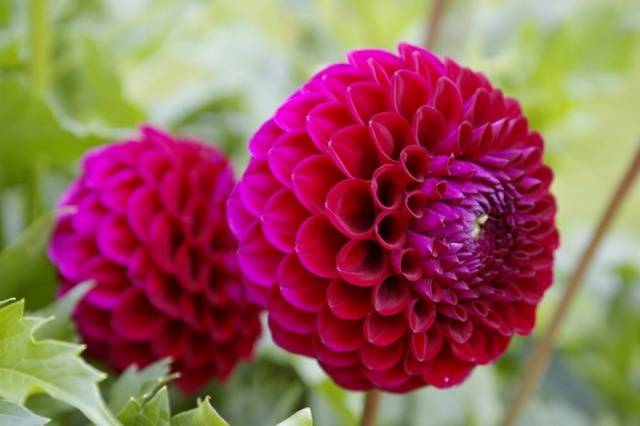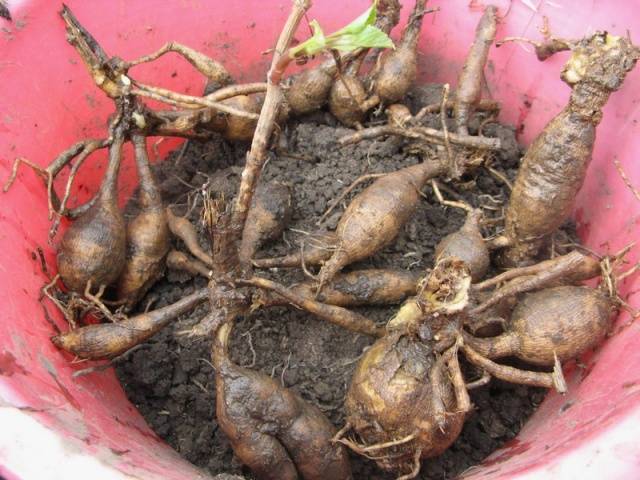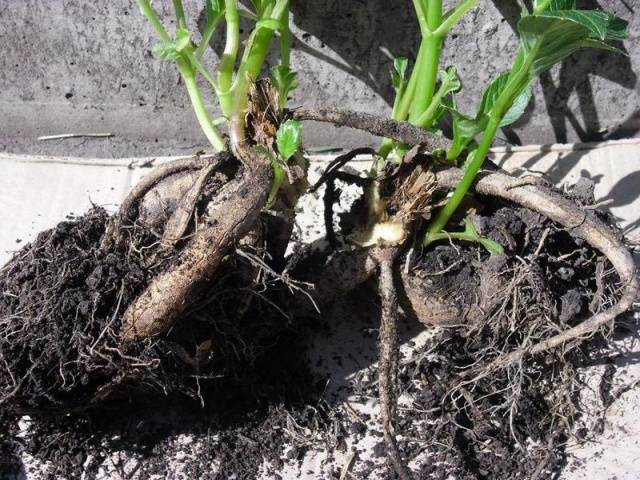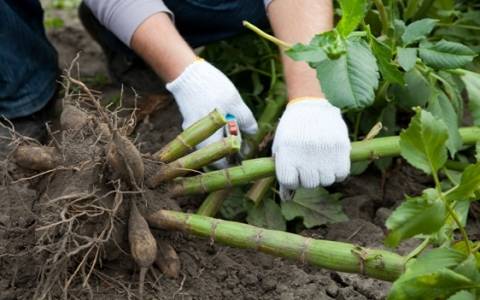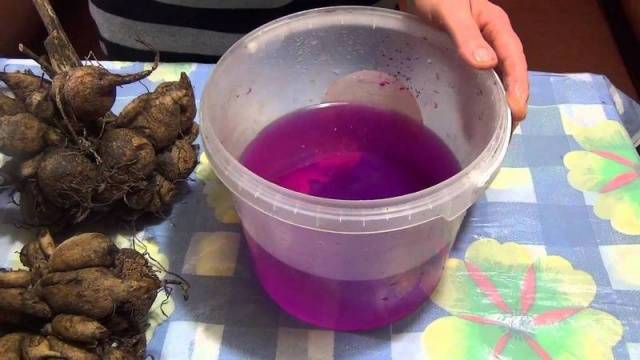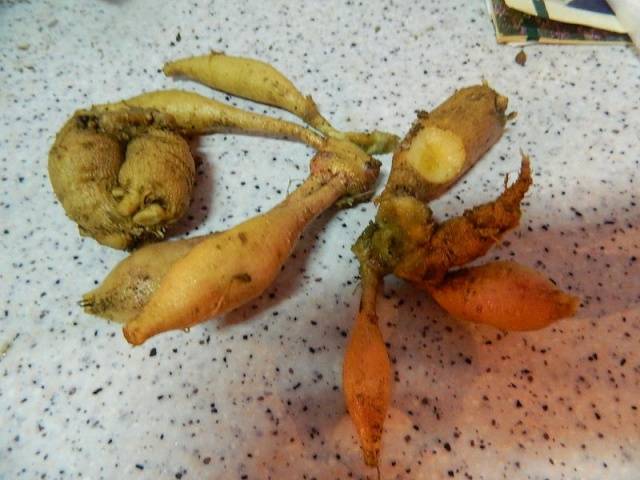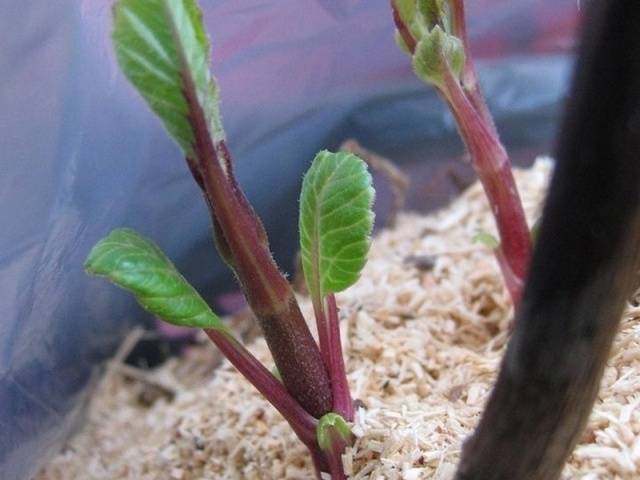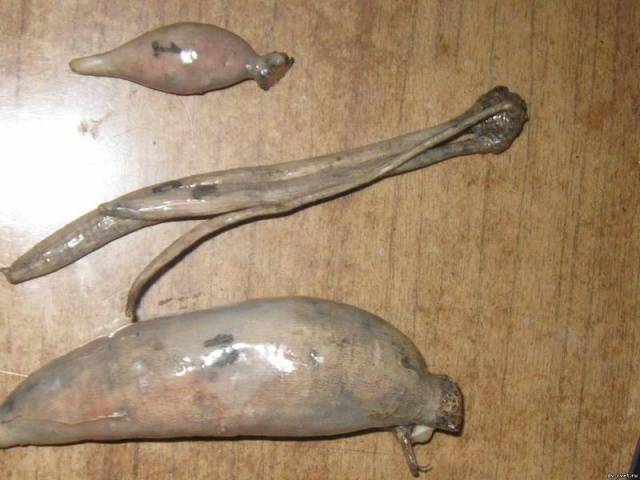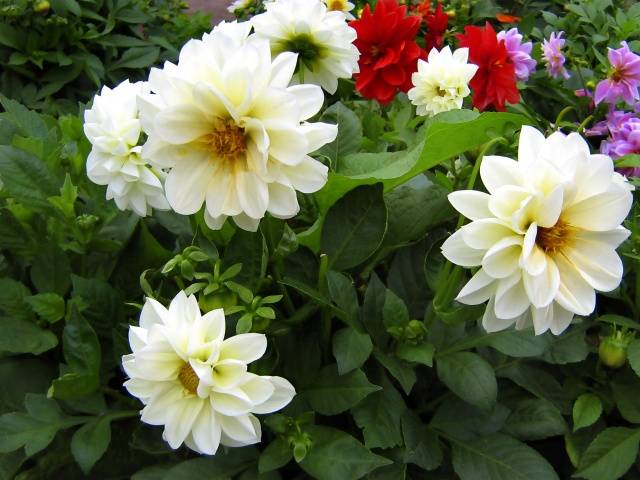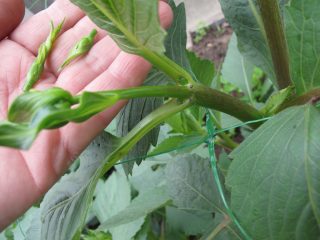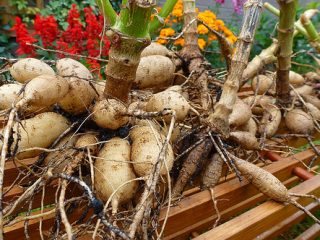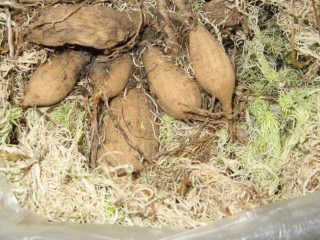Content
There are many varieties of both annual and perennial dahlias. How to grow the first is understandable - one-year-olds reproduce by seeds, all that remains is to sow them into the ground. But with perennial varieties of dahlias, everything is much more complicated, but the flowers themselves are larger, more interesting and brighter.
How to propagate dahlias, what methods of propagation of these varieties exist, what to do to increase the number of plants, while preserving their decorativeness and quality - this is what this article is about.
Why do dahlias need reproduction
Dahlias reproduce in two ways: by cuttings and dividing the tubers. It is necessary to divide the bushes not only in order to get more flowers in the next season.
Dividing tubers performs several tasks at once:
- the number of plants is increasing;
- the bush heals, since after cutting the rhizome, a protective reaction is activated - the plant intensively fights against viruses and infections;
- the plant is rejuvenated, all regenerative processes are accelerated;
- inflorescences retain their size, color and quantity on the bushes, the height of the plants does not decrease.
At the same time, if we neglect the division of tubers, dahlia bushes will lose their decorativeness more and more every year: they will become lower, with fewer flowers, which, in turn, will become smaller and discolored.
How dahlia reproduce
Perennial varieties are propagated either by cuttings or by dividing the tuber. But it is quite possible to combine these two methods, which will help to get several flowers at once from one healthy and strong dahlia - from three or more.
The number of divisions depends on the number of buds on the rhizome. The buds are located at the top of the tuber, most often they are located around the dahlia stem. It is quite difficult to see these buds in their infancy; some beginners cannot do this task.
In this case, you can apply one of the methods:
- Divide the dahlia in the spring, not in the fall. During this period, the buds will begin to sprout and become more visible.
- Cut the stem of the dahlia a few days before digging out the bush, this will also promote the growth of the buds.
Dahlia cuttings, in principle, do not perform other functions, except for flower reproduction. This method is also very effective - from each rhizome you can get as many cuttings as there are buds on it.
How to properly divide dahlia tubers
Dahlia rhizomes can be divided both in autumn and spring. Most gardeners do this in the fall., motivating by the fact that this way the roots tolerate storage better, they are easier to process, it is easier to separate the tuber, because it has not yet become coarse, has a thin peel. And gardeners, as a rule, have more time in this period than in spring. Nothing prevents you from calmly examining the dahlia tubers, treating the cut sites, and disinfecting the "wounds".
Before grafting dahlias or cutting their tubers, you need to dig out the rhizomes and process them correctly.
Preparing dahlia tubers for division
It is necessary to dig out dahlia bushes when severe frosts begin. In most regions of Russia, this is mid-October. By this time, the stem of the flower should fade or freeze, and the inflorescences should bloom.
In order to prevent dahlias from rotting and infection with fungal infections, and also to better endure winter storage, watering the bushes is stopped 2-3 weeks before digging out the tubers.
In order to dig up a bush without damaging the tubers, it is necessary to retreat from it about 25-30 cm around the entire circumference and carefully dig it with a pitchfork or a shovel. Thus, it will be possible to cut off too long roots, while not damaging the tuber itself.
Now the tubers need to be carefully turned over and allowed to dry with their roots up for several hours. If the weather is damp outside, the rhizomes are brought into a dry and warm room.
The following preparatory activities are performed in the following sequence:
- dahlia stems are cut to a height of 2-3 cm - this is just enough to attach a tag with the name of the variety to each tuber. Leaving longer steles will cause the dahlia tubers to wither and rot.
- The tubers are thoroughly washed under the pressure of water to rid them of the soil. The fact is that there can be many infections, pests or their larvae in the soil, which will simply destroy dahlias over the winter.
- Now you need to remove all dry parts, cut off the roots, remove the "dead" tubers.
- Large rhizomes are examined in order to identify the affected areas. It can be rot, infection with diseases, traces of pests. All this must be cut with a sterile knife to the point where the cut will be white, without damage. If it was not possible to save more than a third of the tuber, it is immediately thrown away.
- They also remove all sluggish and too light rhizomes - they will not be able to lie all winter and give new shoots. You can check the dahlia tubers using plain water - if they float, you can safely throw it away. Leave only those copies that have sunk to the bottom of the dishes.
Propagation of dahlias by cuttings and tubers
Dahlias need to be cut in the spring, when the buds on the tubers begin to wake up and sprout. But it is better to divide the tuber in the fall.
Prepared, washed and dried rhizomes, examine and count the buds in their upper part. For beginner gardeners, it is recommended to divide each large dahlia root into two parts first, trying to have an equal number of buds on each of them.
It is only necessary to cut the rhizome with a sterile, very sharp knife. You can disinfect the blade with alcohol; calcining the knife on fire helps a lot.
First, the rhizome is slightly cut in the upper part (where the stem is located). Now they take both edges and carefully stretch them in different directions, tearing the dahlia tuber in two.
If necessary (there are more than two buds on the rhizome), each part is divided again. When the cuttings are ready, their cuts are processed, sprinkled with wood ash or other antiseptic preparation.
You can soak the delenki in a strong manganese solution by lowering them there for 15 minutes. At the same stage, you can check which tubers will float and which ones will sink to the bottom. After processing, the delenki are dried by spreading them out on newspapers or cardboard boxes. All sections should be weathered and dry, free of dark spots and foreign inclusions.
Now the tubers can be stored, each of them will turn into beautiful dahlias in the spring.
Cuttings are another way of breeding dahlias. You can get these shoots at the stage of tuber germination.
When rhizomes get it in the spring from the basements and garages where they were stored, they are examined, spoiled and faded specimens are discarded, and then they are germinated.
To grow a stalk, you can buy a special device or plant a tuber in a coconut substrate.The pot is covered with the mixture only half, the tuber is also not fully deepened - the upper part with the buds should be above the surface, only the roots are located in the ground.
After 2-3 weeks, a dahlia stem begins to grow from the bud, when it reaches 10-15 cm in height, it is carefully cut between the two buds using sharp scissors or a knife.
You can root the stalk in ordinary water - the stalk is placed in a glass, into which a lot of water is poured. In a few days, the first roots will appear. And you can immediately plant the cuttings in a substrate of coconut fibers, sand and neutral peat.
Sprouted tubers and grown cuttings can be planted in the soil when the threat of severe frost has passed. In most regions of the country, this is done in early May.
How to properly store dahlia tubers
If stored improperly, dahlia rhizomes can rot or turn into shriveled "mummies". This is due to temperature fluctuations and insufficient or excessive humidity.
There are several ways to store dahlia rhizomes:
- In vermiculite, when layers of this substance are interspersed with layers of rhizomes. Vermiculite holds moisture well, but when the room temperature rises, the tubers will immediately begin to sprout.
- Most gardeners use sand, sawdust or peat to store dahlias. This helps preserve the roots until the next season, but you need to carefully monitor the moisture level of the substrate. In dry climates, the sand or sawdust should be moistened to prevent the tubers from wrinkling and drying out.
- Especially valuable hybrids, which can germinate in December, are stored in paraffin. The tubers are alternately dipped in paraffin heated to 70 degrees. After the "crust" hardens, canned dahlias are stored in any boxes, bags or boxes.
- With the help of clay, you can also preserve flower tubers. To do this, the clay is diluted with water to the state of liquid sour cream and the rhizomes are dipped in it. In the spring, it is enough to knock on the crust, the clay will crumble, and the buds will be able to germinate.
If everything is done correctly, you can forget about buying new dahlia tubers - you will have to go to the store only for the latest varieties and exotic hybrids. Reproduction of perennial dahlias at home is quite possible - even a novice gardener can do this.
A video on this topic will help a beginner:
